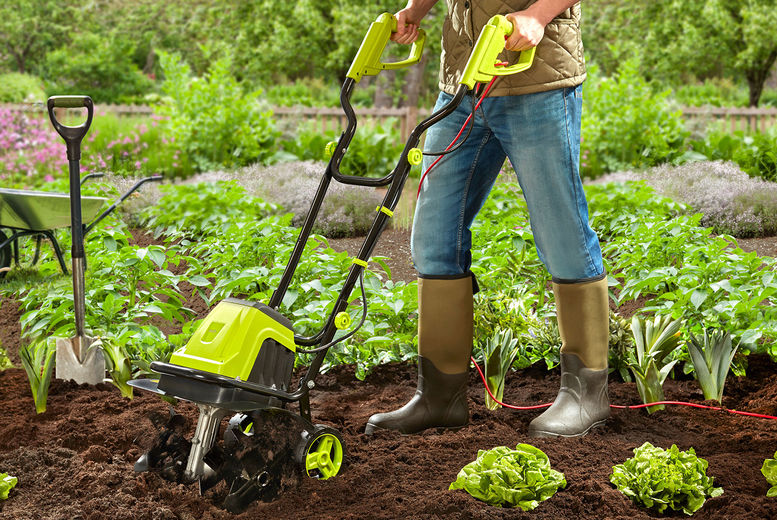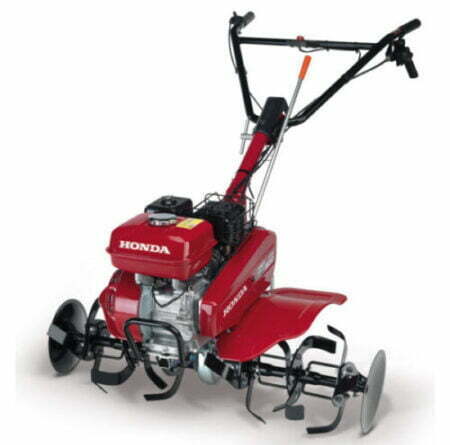Rotavator Buying Guide
If you are planning to buy a rotavator for your allotment, here is a detailed guide to help you make an informed decision.
- Purpose: Rotavators are gardening tools used to prepare soil for planting by breaking up the soil and mixing in organic matter. It creates a smooth seedbed and is ideal for larger plots or commercial use. Before you purchase a rotavator, it’s essential to understand the purpose and how it will benefit your allotment.
- Types of rotavators: There are two main types of rotavators: rear-tine and front-tine. Rear-tine rotavators are more heavy-duty and are suitable for larger plots or commercial use. They have more power and are ideal for breaking up tough soil or heavy clay. On the other hand, front-tine rotavators are lighter and more suitable for smaller plots. They are easier to maneuver and are ideal for smaller garden beds or raised beds.
- Engine: The engine is a critical factor to consider when purchasing a rotavator. Look for a rotavator with a reliable and powerful engine that can handle the demands of tilling your soil. Gas-powered engines are ideal for larger plots and commercial use, while electric-powered rotavators are better for smaller plots. Consider the engine’s power, weight, and fuel consumption when making your decision.
- Size: The size of the rotavator is another important factor to consider. A larger rotavator will cover more ground quickly, but it will also be heavier and more difficult to maneuver. On the other hand, a smaller rotavator is easier to handle but will take longer to cover the same area. Consider the size of your allotment and your physical ability when choosing the size of the rotavator.
- Depth control: Control over the depth of the rotavator is crucial for preparing your soil for planting. Look for a rotavator with adjustable depth control, so you can till the soil to the desired depth. This will allow you to cultivate your soil to the optimal depth and create a smooth seedbed.
- Tines: The tines, or blades, of the rotavator are what break up the soil. Look for tines that are durable and made of high-quality steel. The tine design should also be able to handle soil that is heavy or filled with rocks and other debris. Consider the tine’s design, size, and number when choosing a rotavator.
- Gear transmission: A rotavator with a gear transmission will allow you to easily change speeds and control the tilling depth. This will give you more control over the rotavator and allow you to till your soil to the desired depth. Look for rotavators with reliable and durable gear transmissions.
- Handlebars: The handlebars of the rotavator should be comfortable and provide a good grip. Look for rotavators with adjustable handlebars, so you can adjust the height to your comfort level. The handlebars should also be made of a durable material that can withstand repeated use.
- Price: The price of a rotavator can vary greatly depending on the features and specifications. Consider your budget and the features that are important to you when choosing a rotavator. Do not sacrifice quality for price, as a high-quality rotavator will last longer and save you money in the long run.
- Warranty: Look for a rotavator with a warranty that covers defects and repairs for a certain period of time. This will give you peace of mind knowing that you are protected in the event of any issues with the rotavator. A good warranty will also indicate that the manufacturer has confidence in the quality and durability of their product.
- Reviews: Before purchasing a rotavator, research and read customer reviews to get a better understanding of the product’s performance and reliability. Pay attention to the common issues mentioned in the reviews and weigh them against the benefits. This will give you a good idea of what to expect from the rotavator and help you make an informed decision.
- Maintenance: Consider the maintenance requirements of the rotavator when making your decision. A rotavator with low maintenance requirements will be more convenient and save you time and money in the long run. Look for a rotavator with easy access to important parts, such as the air filter and oil filter, to make maintenance and repairs more manageable.
- Brand reputation: Choose a rotavator from a reputable brand that has a proven track record of producing high-quality gardening tools. A well-established brand will have a strong reputation for producing reliable and durable products, which will give you peace of mind knowing that you are making a good investment.
- After-sales support: Consider the after-sales support offered by the manufacturer when choosing a rotavator. A manufacturer with a strong after-sales support system will be able to assist you in the event of any issues or repairs that may arise. Look for a manufacturer with a comprehensive support system, including a customer service hotline and readily available parts and accessories.

Purchasing a rotavator for your allotment is a big investment, and it’s important to choose the right one that fits your needs. Consider the purpose, type, engine, size, depth control, tines, gear transmission, handlebars, price, warranty, reviews, maintenance requirements, brand reputation, and after-sales support when making your decision. A high-quality rotavator will not only make gardening easier but also save you time and money in the long run.




